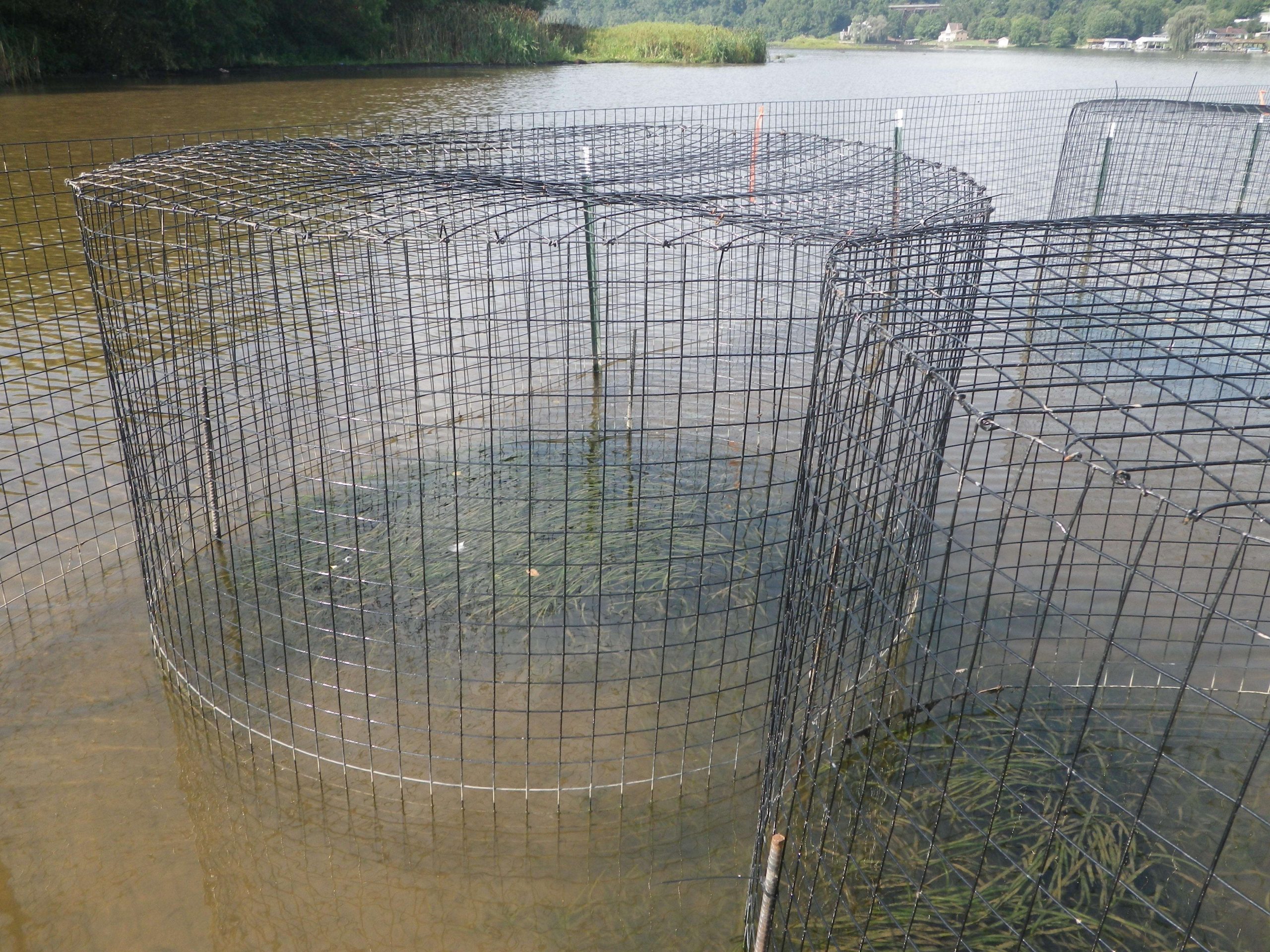
DUBLIN, Va. — The Virginia B.A.S.S. Nation worked with Friends of Claytor Lake on a plant growing project this summer to improve habitat at Claytor Lake.
Hydrilla choked out native water celery (eelgrass) at Claytor Lake, so grass carp were introduced in the lake to eliminate the hydrilla. Once the grass carp eradicated the hydrilla, the Virginia B.A.S.S. Nation started working on the restoration of water celery with funding provided by a grant from the Friends of Reservoirs, a nonprofit foundation dedicated to protecting and restoring fisheries habitat in reservoirs nationwide.
Joan Blankenship, Virginia B.A.S.S. Nation conservation director, sought and gained approvals for the project from Appalachian Power and Virginia Department of Game and Inland Fisheries (VDGIF). VDGIF would only allow plants grown from native seeds to be transplanted into the lake. Blankenship said she received the Friends of Reservoirs grant in 2014, but it took a year, until December 2015, to find the right water celery seeds for the planting project.
The plants were grown at Patrick Henry Community college, and the school’s bass fishing team along with Mike Bryant, Virginia B.A.S.S. Nation president, spent the Christmas holiday building wire cages to protect the plants from grass carp. The cage building project was funded by a Shimano/B.A.S.S. Youth Conservation Initiative grant.
John Copeland, a fisheries biologist with VDGIF, selected sites at Claytor Lake based on the right water depth, topography and protection from waves to transplant the water celery, while Blankenship organized a date for the partners to gather for the planting. Volunteers for the planting project included members of VDGIF, Friends of Claytor Lake, Claytor Lake Park staff, Master Gardeners, Patrick Henry Community College B.A.S.S. team, and Virginia B.A.S.S. Nation members Ed Clayton (Region 10 director), Bruce Shepard, Bryant and Blankenship.
The volunteers spent a week wading in 3 to 4 feet of water and digging holes for the plants in the mud bottom. After transplanting the eelgrass, they placed the protective cages over the plants.
“It was not a fast process,” Blankenship said. The team worked from about 9 a.m. to 4 p.m. each day in June, in some of the hottest summer weather the area has experienced in years.
Blankenship said she believes the eelgrass got a good start because the plants had good root systems.
“We are hoping we will be able to harvest some seeds from this first year because it grew so fast,” she said. “We never expected this explosion of growth.”
Blankenship said she has noticed the plants are growing and spreading rapidly, but she said the success of the project won’t be known until next year.





